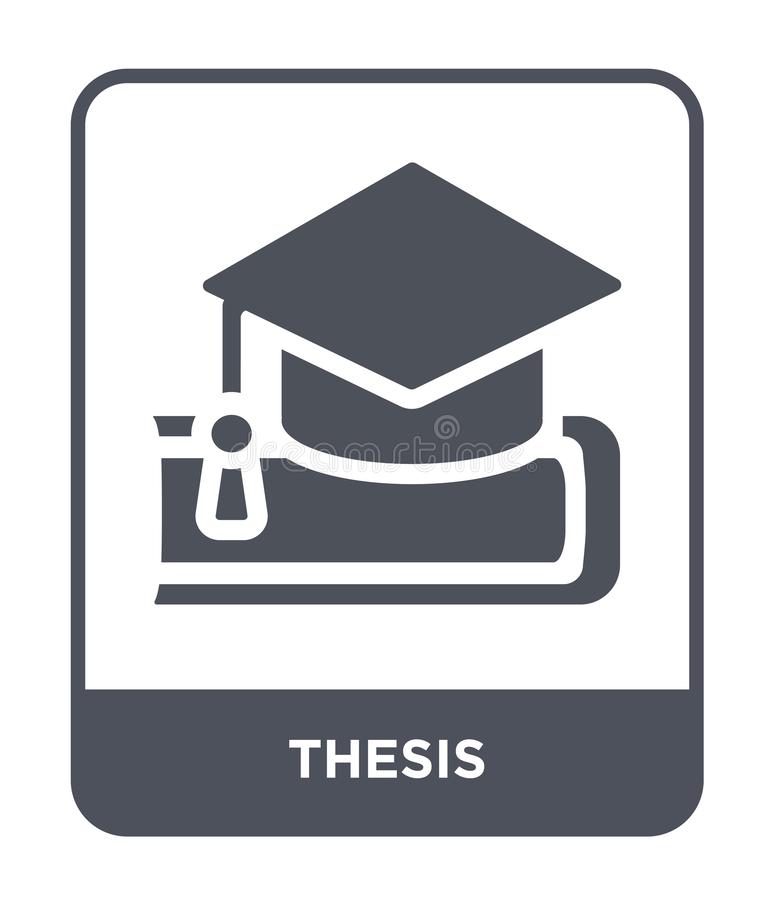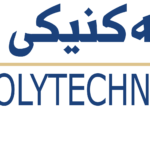- Kosrat Dlshad Ahmed
- [email protected]
- +9647506307788
- Bone Fracture - Thesis_compressed
-
Computers have demonstrated their significance in all areas of human existence, including financial services, e-commerce, communication, education, research, innovation, and healthcare. The use of computers to make medical diagnoses has expanded rapidly in recent years. An efficient approach that uses modern technology while requiring fewer man-hours and materials to provide accurate diagnoses. While diagnosing an injury to a human body, doctors often obtain X-ray images of the affected area.
Numerous advanced technological tools have been created to aid doctors and medical facilities in enhancing patient care. The conventional X-ray scanners, known for generating unclear images of bone structures, pose a risk of inaccurate diagnoses of bone fractures when employed by surgeons.
The approach detailed in this research outlines a thorough procedure aimed at improving the precision of image examination within the realm of diagnosing medical conditions using X-ray images. Real-life medical data often suffers from noise, inconsistency, and incompleteness, necessitating robust preprocessing. The initial step involves applying a Gaussian filter to the X-ray images for noise elimination, followed by the utilization of adaptive histogram equalization to improve contrast. Edge detection is then conducted using the Canny technique, integrating adaptive histogram equalization to enhance contrast quality.
The process of feature extraction utilizes the Gray-Level Co-occurrence Matrix (GLCM) for textural feature extractions, yielding a set of 100 features for each image. To classify bone fractures, a range of machine learning algorithms (Decision Tree, Naïve Bayes, k-Nearest Neighbors, Random Forest, and Support Vector Machine) along with deep learning algorithms, such as Convolutional Neural Network (CNN) and transfer learning via VGG-16, are employed to improve overall performance.
As an additional point, the outlined approaches were applied for bone fracture detection using both national and international datasets. In this particular case, 80% of the dataset was employed for training, while the remaining 20% was allocated for testing. The research assessed the effectiveness of diverse algorithms, including Naïve Bayes, Decision Tree, Nearest Neighbors, Random Forest, SVM, and CNN, resulting in accuracy scores spanning from 0.64 to 0.96. Among these, statistically, the highest accuracies were observed in SVM, Random Forest, and CNN in this thesis.
- Erbil Technical Engineering College
- Information Systems Engineering
- Machine Learning


